A Guide on What You Can and Can’t Bring into Singapore
One word of advice I always tell people who are planning to visit Singapore is that they should first look into what they can or cannot bring into the country. Every country has its own list, and Singapore’s is pretty lengthy.
To help you in this endeavor, I wrote an article detailing this list. For organization’s sake, I divided the article into things you should never bring and things you can bring under a few conditions.
What You Absolutely Can’t Bring into Singapore
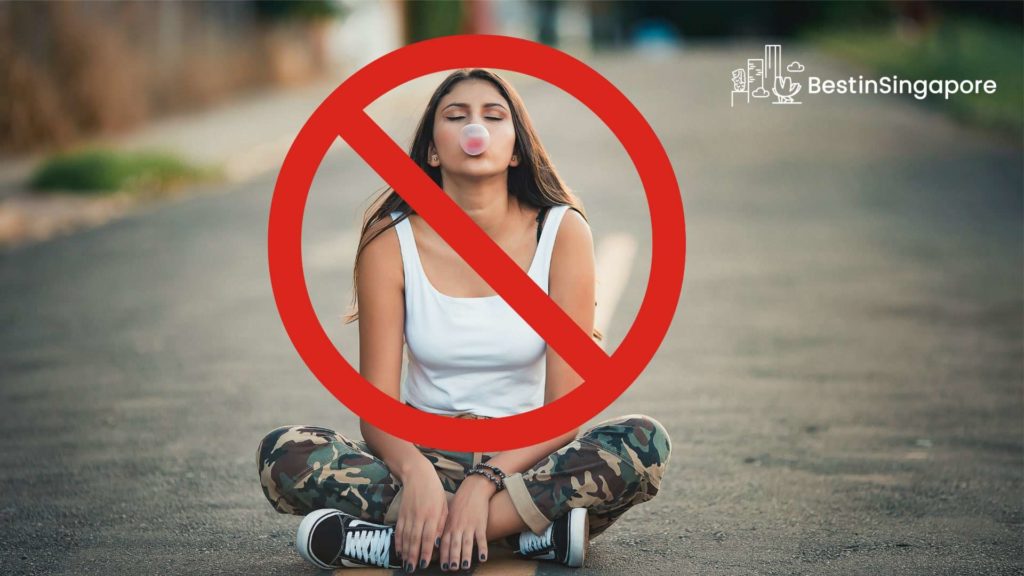
The first thing you need to know is the list of prohibited goods. Simply put, these are things you should never bring into Singapore.
- Chewing gum. This may come as a shock to many people, but chewing gum is banned in Singapore. This is because chewing gum littering was a serious issue in the past, so the government decided to outlaw chewing gum altogether.
- The only chewing gums allowed are the dental and medicinal kinds, but even then, you need to have them approved by the Health Sciences Authority of Singapore first.
- Dangerous weapons. This category includes guns, pistols/revolvers, crossbows, flick knives, gravity knives, wasp knives, throwing knives, knuckledusters, ninja stars, catapults, and slingshots.
- Cigarette lighters in the shape of pistols or revolvers are also not allowed.
- Firecrackers, including tube-sparklers and “pop-pop”
- Obscene/pornographic articles, publications, and discs
- Pirated copies of books, software, video compact discs, laser discs, records, or cassettes
- Telecommunication equipment, such as cordless telephones, wireless surveillance video cameras, radio-communication jamming devices, and radio-communication transmitters
- For more information about the brands that are prohibited, check out this website.
- Products containing nicotine that can be applied topically, implanted, or injected into any part of the body
- Chewing tobacco and imitation tobacco products. These include electronic cigarettes, Gutkha, and Khaini.
- Endangered species of wildlife and products that came from the body parts of these endangered animals
What You Can Bring into Singapore under a Few Conditions
Aside from prohibited goods, Singapore has a list of “controlled goods,” which are things that you can bring into Singapore with limitations. You might be required to declare the items first.
Here are the items that fall under controlled goods.
Alcohol
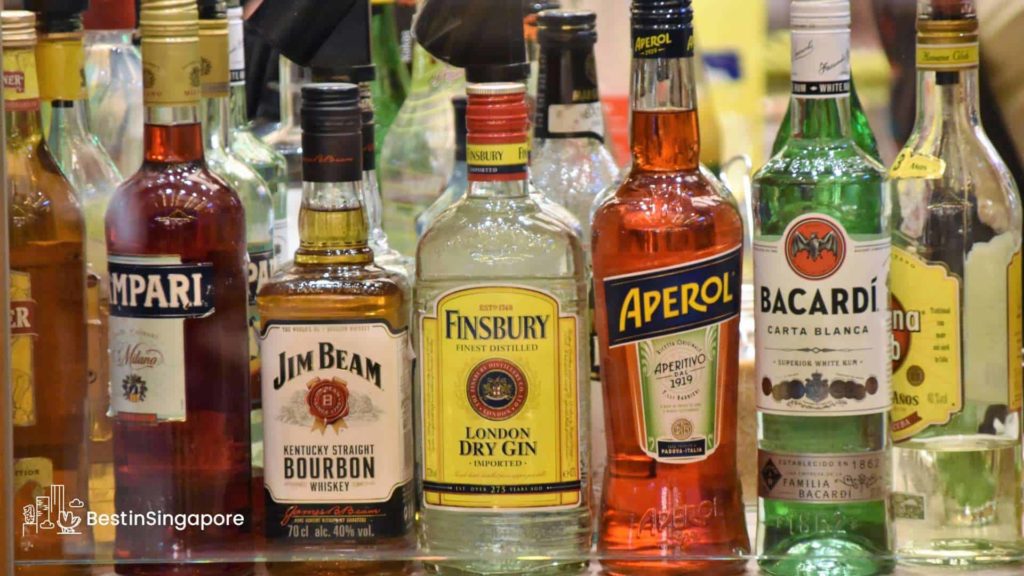
Alcohol is a curious case because it’s technically duty-free—but only up to a certain amount and under specific conditions. Once you exceed the amount or don’t meet the requirements, you’ll have to pay the duty fee and declare the alcohol.
Here’s a breakdown of the possible scenarios:
Do take note that alcohol doesn’t just refer to wines, spirits, and beers. The term also includes sake, cooking wine, rice wine, soju, and more.
As long as the item has more than 0.5% alcohol content, it will be considered alcohol. So, be sure to pack wisely if you’re planning to bring more than one of the aforementioned items.
Food
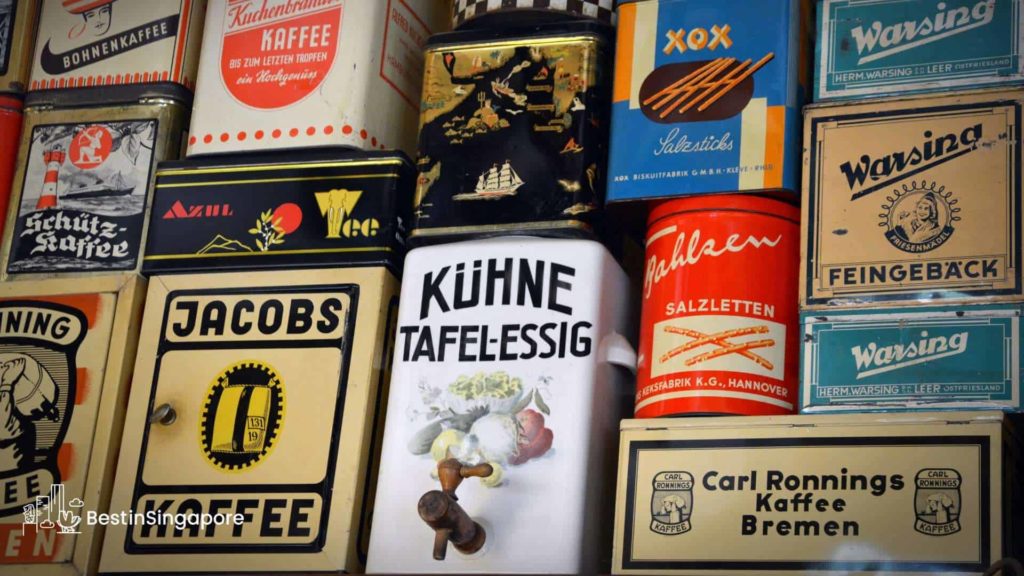
You’re allowed to bring processed food products into Singapore but only up to 5 kg or 5 liters. The total value also shouldn’t exceed S$100 per person.
“Processed food” refers to all food that isn’t a meat product, seafood, fruits and vegetables, and eggs. If you are planning to bring meat, seafood, fresh fruits, vegetables, and eggs, just make sure that they’re from an approved origin.
Here’s a table detailing all the approved origins for various meat products.
Bak Kwa
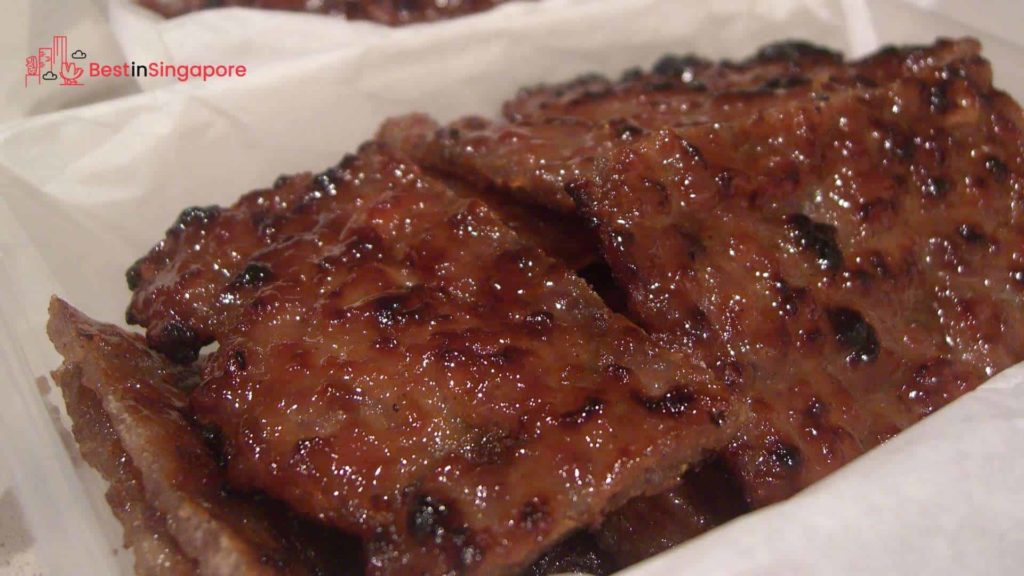
While we’re on the topic of food, another one that needs special mention is bak kwa, which is a popular delicacy that’s eaten during Chinese New Year.
You’re allowed to bring up to 5 kg of bak kwa into Singapore—so long as you purchased it from any of the approved origins mentioned in the table above.
Cigarettes
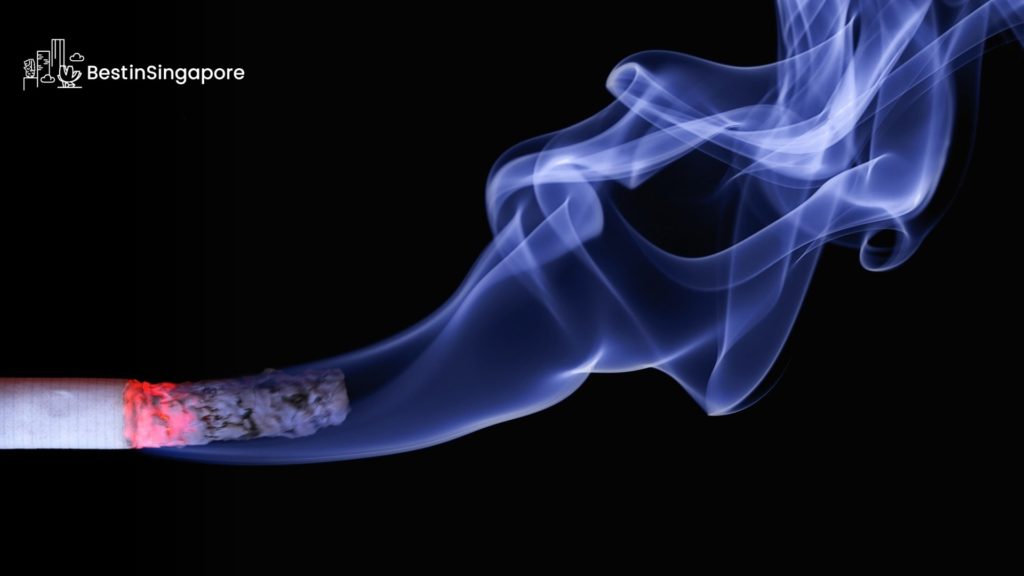
If you’re planning to bring cigarettes into Singapore, you’ll have to pay the duty fee, which depends on the kind of cigarettes you have. As of writing, here are the fees:
- Clove cigarettes/other cigarettes containing tobacco/cigarettes of tobacco substitutes: 49.1 cents for every gram or part thereof of each stick of cigarette
- Cigars cheroots and cigarillos of tobacco substitutes/other smoking tobacco packed for retail sale: S$491 per kgm
Cash
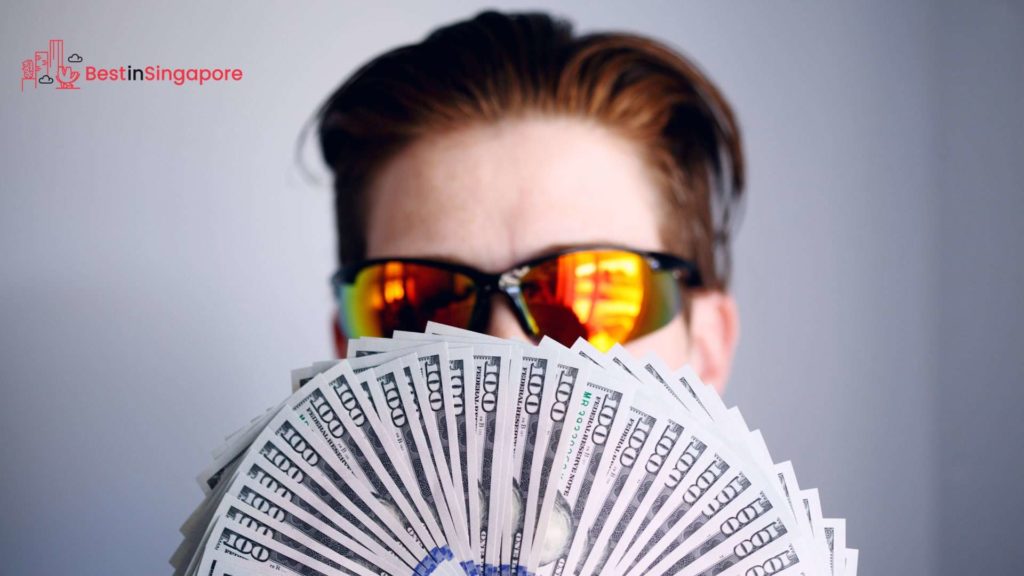
If you’re bringing more than S$20,000 cash or equivalent in foreign currency, you need to declare it. To do so, you have to fill up the NP727 Form and submit it at the Red Channel, which is located in the baggage claim area.
Surgical Masks, Thermometers, and Hand Sanitizers
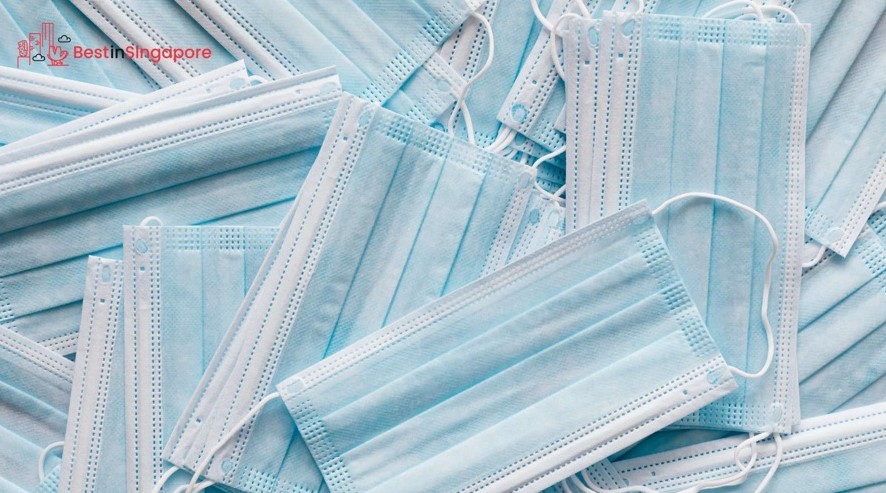
If you’re bringing masks, thermometers, and hand sanitizers within the allowed limit, you don’t have to declare them. The allowed limit for these three items is as follows:
- Surgical masks: 3 boxes (each holding 50 pieces) per person
- Hand sanitizers/alcohol-based disinfectants: shouldn’t exceed 0.5 liters or kg per item and 2 liters or kg in total
- Thermometers: 2 units per person
If you go beyond this allowance and are bringing these things for commercial purposes, be sure to notify the Health Sciences Authority (HSA) first.
From Malaysia to Singapore: What You Can and Cannot Bring
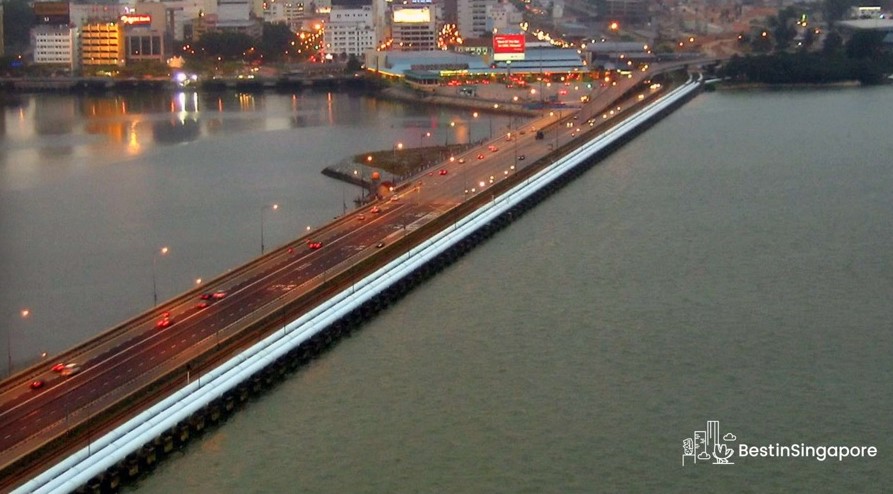
While many tourists arrive in Singapore via Changi Airport, there are others who come from Malaysia and cross the JB Causeway.
If you’re planning to do the latter, you need to keep in mind that there are some things you’re not allowed to bring from Malaysia to Singapore. These prohibited goods are essentially meat products (beef, mutton, pork, poultry, and oyster).
As for eggs, you’re allowed to bring up to 30 of them, but make sure you bought them from West Malaysia Peninsula and that they’re for personal consumption.
Other things you’re allowed to bring are as follows:
- Fish products. You’re allowed up to 5 kg of seafood products. If you’re bringing frozen cooked crabmeat or frozen cooked prawn meat, the allowed maximum is only 2 kg.
- Fresh fruits and vegetables. So long as you can carry them inside a bag, it’s okay.
- Processed food. You can bring up to 5 kg or liters of processed food products, and they shouldn’t exceed S$100 per person.
For Returning Residents: Remember the 8% GST
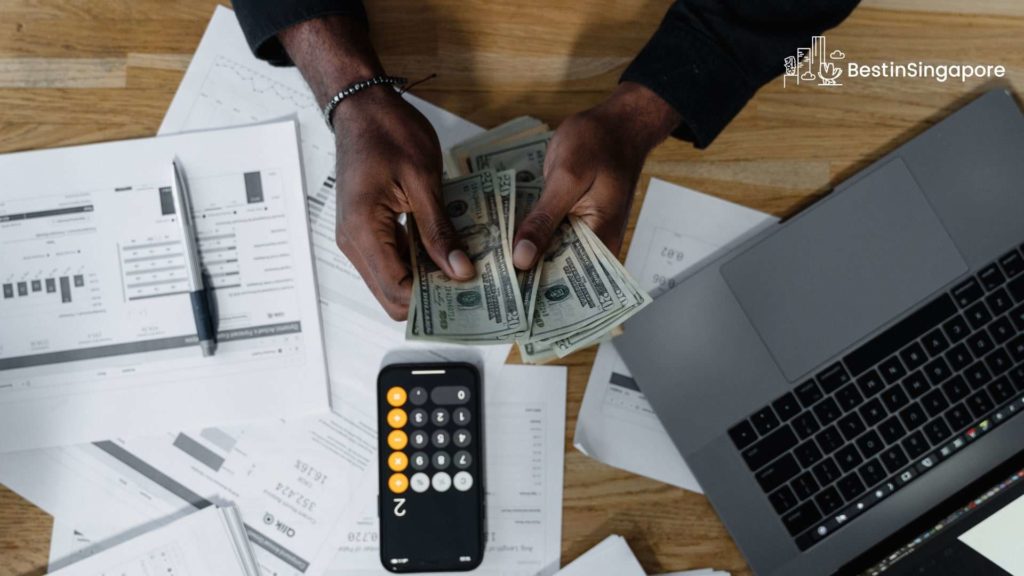
If you’re a Singaporean citizen, permanent resident, or someone holding a work permit or any kind of long-term pass issued by the government, keep in mind that you’ll have to pay the Goods and Services Tax (GST) for the things you bought outside of Singapore.
To better illustrate how much GST you might have to pay, let’s break down the two possible scenarios:
Since the total value of your goods is relevant for this step, I suggest you prepare all the receipts during your getaway. That way, it will be easier for the customs officers to double-check if you need to pay the GST.
What to Do When You Arrive in Singapore
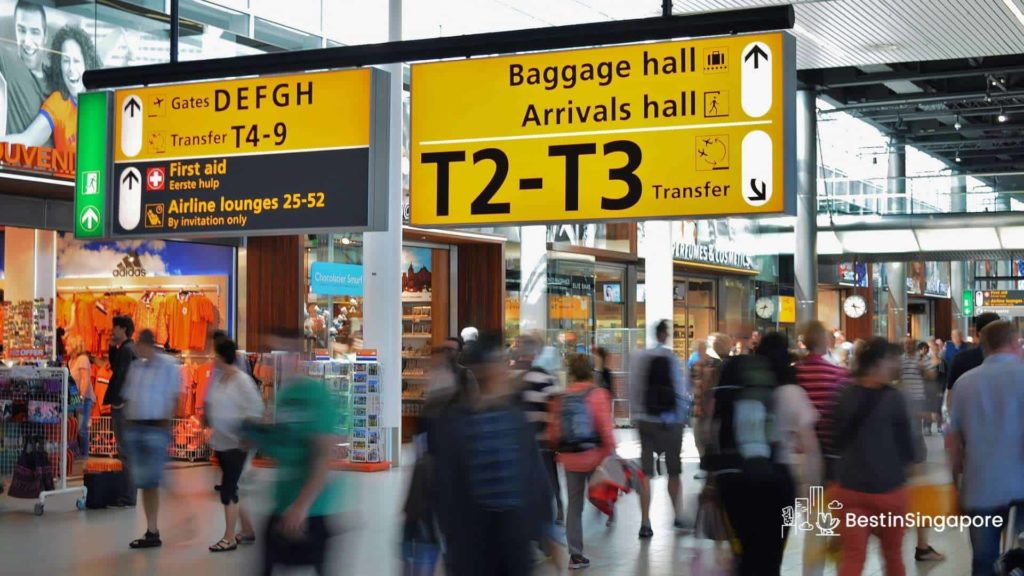
Whether you’ve arrived at Changi Airport or you’re crossing the JB Causeway, you’ll have to go through either the Red or Green Channel. Which one you go to depends on what you’re bringing to Singapore.
If you have nothing to declare (aka you’re not bringing any controlled goods), you can go to the Green Channel. Meanwhile, if you have controlled/restricted/dutiable/taxable goods, you’ll go through the Red Channel.
If you have any dutiable or taxable goods, you’ll have to go to the Singapore Customs Tax Payment Office for payment.
To make the process seamless, I suggest you download the Custom@SG app, declare your goods, and pay the tax and any other fees ahead of time. That way, you won’t have to deal with the long queues at the Tax Payment Office.


